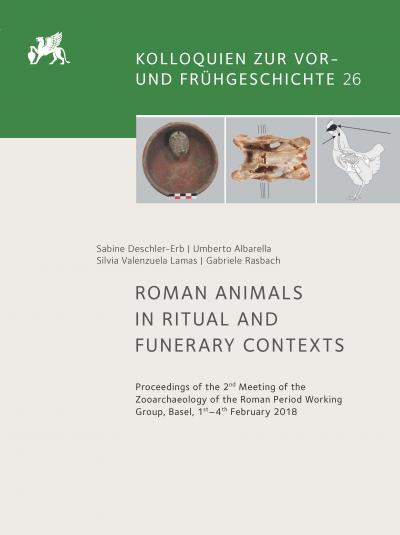Deux dépôts exceptionnels à Briga (« Bois l’Abbé » Eu, France): Le sacrifice de bovins au IIIe siècle de notre ère
https://doi.org/10.34780/rwda7nbbc6
List of Contributors
- Alice Bourgois [Chapter Author] https://orcid.org/0000-0001-5509-1382
Synopsis
Identifying remains of bloody sacrifice is a difficult work. The ritual is accompanied by gestures and a spirituality that archaeology cannot document. However, some criteria and observations made during the excavations make it possible to identify special deposits, probably linked with ritual practices. For example, the deposits of animal remains are particularly abundant in the great sanctuary of the town of Briga, on the archaeological site of “Bois l’Abbé”, at Eu (Normandy), situated at the border between the Bellovaci, Ambiani and Caleti territories. Forty deposits were discovered between 2005 and 2016. Most of them are sheep ABG (associated bones groups), but the two deposits that will be described here differ from the others by their arrangement and the slaughtered species. In 2009, two carcasses of bullocks were exhumed on both sides of an ancient portico wall, within the sacred enclosure of the monumental sanctuary. The animal bones of the first deposit were accompanied by a ceramic and six coins dating from the end of the 3rd century AD (Tetricus reign). All clues allow us to propose the hypothesis of public and official sacrifices. Choose major victims (Bos taurus) could mean that the killing of these animals was linked to an important event for the residents of Briga and their public life, maybe the abandonment and deconsecration of the great sanctuary where bullocks skeletons are buried.




